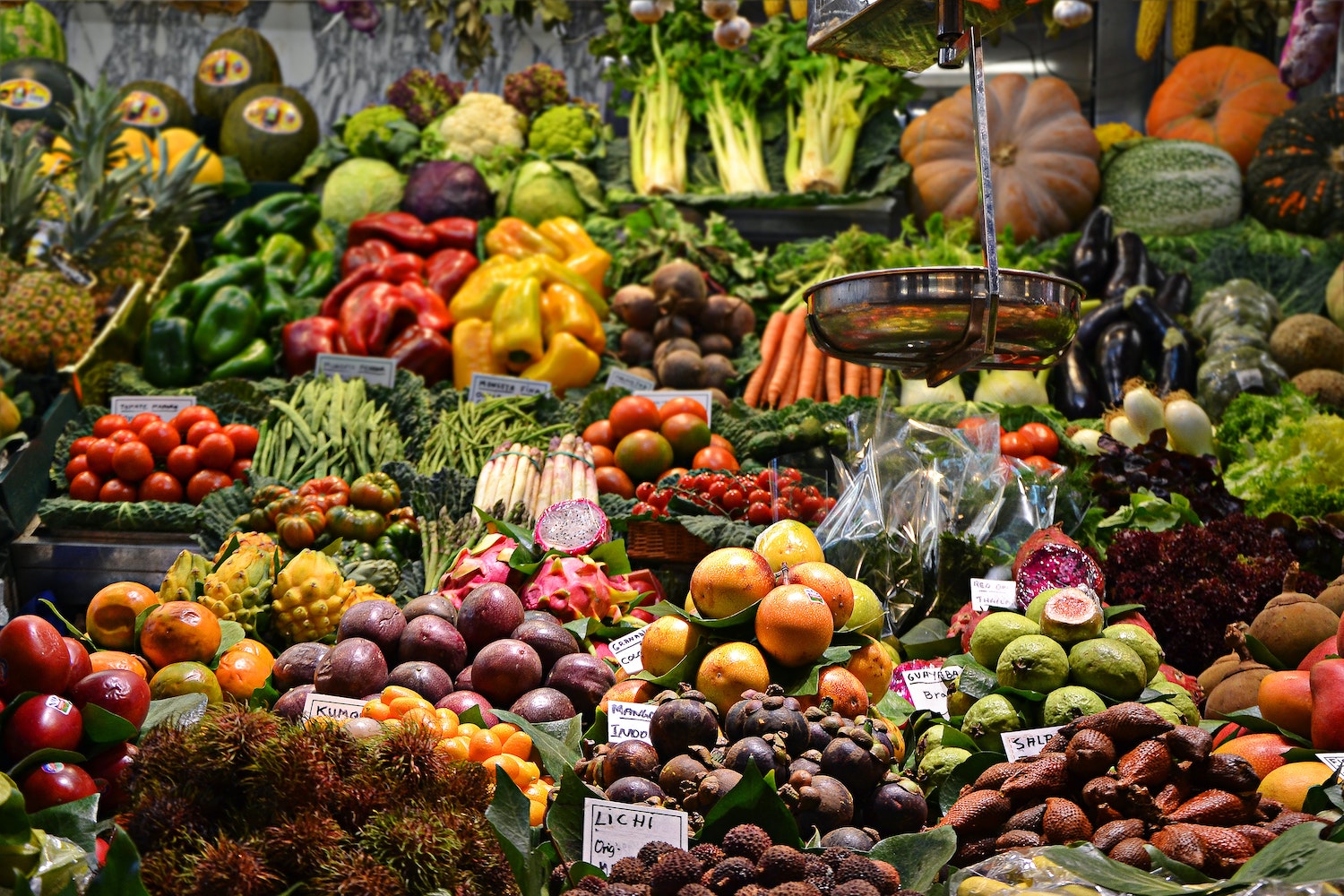It is by now abundantly clear that the climate crisis is no longer a future concern. It’s happening now, and we must act boldly and immediately.
This year, we witnessed triple-digit temperatures in the Pacific Northwest. Western wildfires filled the sky with smoke all the way to Cape Cod. The Category 4 Hurricane Ida wiped out electrical grids in Louisiana, spawned deadly tornadoes in New Jersey, and brought New York City’s subway system to a halt with massive flooding. The Intergovernmental Panel on Climate Change issued a report the U.N. Secretary-General called a “code red for humanity.”
What does that mean for funders who want to help protect our futures? We must act now by investing in for-profit and nonprofit enterprises that offer immediate, rapid, and large-scale solutions to climate change. Food waste reduction is one of those solutions – offering the potential for environmental, social, and economic returns.
In the U.S. alone, an estimated 35% of all food ends up unsold or uneaten. From surplus vegetables left to rot in the fields to perfectly drinkable milk that is past its “sell-by” date, food loss and waste annually produces more greenhouse gas emissions than 42 coal-fired power plants. Wasted food uses enough water and energy to supply more than 50 million homes and requires an area of agricultural land equal to California and New York combined.
Importantly, uneaten food is the number one product entering landfills, where it has the highest generation potential for methane, an anthropogenic greenhouse gas that’s 80 times more potent than carbon dioxide.
Low-hanging fruit
The good news is that the problem of food waste is eminently solvable – it’s literally low-hanging fruit. Food waste reduction solutions already exist, and many of them are “shovel-ready,” just needing implementation rather than invention to reap big benefits.
Advanced technologies like hyperspectral imaging and remote temperature monitoring are changing the game for food businesses trying to manage production and distribution to reduce waste and opening the doors to many new investment opportunities. Basic, low-tech solutions, like buying a giant freezer or new delivery truck for a local food bank, can spur immediate results in food waste reduction.
According to the national food waste nonprofit ReFED, a total investment of $14 billion a year over the next decade could achieve a 50% reduction in U.S. food waste, a national target that is in line with international goals, including Sustainable Development Goal No. 12.3.
Effective action against food waste requires a smart matching of capital type with the appropriate opportunity. Multiple types of capital are required to fund food waste reduction solutions from conception to adoption. Capital providers across the funding spectrum are critical to catalyzing innovation and driving adoption of food waste reduction solutions.
The majority of the financing required to scale food waste reduction solutions is expected to come from traditional market sources. There is an equally important and crucial role for catalytic capital to de-risk solutions, accelerate innovation, and unlock traditional forms of capital needed for widespread solution adoption. Of that $14 billion, ReFED estimates that $3 billion of catalytic capital is needed to help overcome system-level barriers and unlock the additional $11 billion of necessary financing. That means government grants, non-government grants, and impact-first investments such as foundation program-related investments and low- to no-interest rate loans.
The burgeoning shelf-life extension sector, which helps products last longer at retail sites, provides an excellent case study on the impact of catalytic capital comes from. Philanthropic funders, including the Bill and Melinda Gates Foundation, the Grantham Environmental Trust, Closed Loop Partners and the Betsy and Jesse Fink Family Foundation (which I run with my wife), provided grants or seed investments to nascent companies like Apeel Sciences, Hazel Technologies, and Mori. These companies went on to raise hundreds of millions of dollars from traditional venture capital firms, sovereign wealth funds, strategic partners, and high-profile individuals such as Oprah Winfrey, singer Katy Perry, Anne Wojcicki and Michael Ovitz.
Philanthropic funding at the start-up phase led to capital investment and a significant increase in the adoption of shelf-life extension products now underway at major food businesses, including suppliers like Del Monte and retailers like Kroger.
Co-benefits
Private food-waste investment in 2021 is on track to be bigger than last year. At least $4.7 billion has come into the food waste space so far this year, compared to $3.7 billion for all of last year. The average deal size in 2021 is around $60 million, up from approximately $30 million in 2020. Hot areas of investment: cold chains, imperfect and surplus produce channels, edible coatings, enhanced demand planning, markdown and sharing apps, upcycling, and anaerobic digestion.
Cutting food waste by half in the U.S. would reduce annual greenhouse gas emissions by 75 million metric tons and save four trillion gallons of water each year. The co-benefits of addressing food waste go far beyond climate. The 50% reduction in food waste would recover the equivalent of four billion meals for those in need each year and create more than 51,000 jobs over 10 years. Food touches all of us, and solving for food waste can help drive impact in other funding areas, like hunger relief and social justice.
That’s why more and more funders have been including food waste as an area of focus or as a sub-area of their other funding programs. Major food businesses or their foundations, such as DoorDash, General Mills, Unilever, Kroger and Walmart, support a range of organizations and initiatives focused on food waste solutions. A food waste ad from Hellmann’s, featuring the entertainer Amy Schumer during the 2021 Super Bowl, was seen by millions tuning in for the big game.
We need a major acceleration of these efforts if we are to mitigate the effects of climate change. Solution providers of all types are primed to take action, but they can only drive scalable impact if the necessary funding is available. I like to tell people that food waste is the ultimate “big tent,” and there’s something for everyone interested in doing their part.
While more and more funders have increased their climate change funding, small and powerful investors must seek out climate investments with immediate, rapid and large-scale impact. Nowhere are those opportunities as ripe as in food waste.
Now more than ever, we need funders to find their place at the table.
Jesse Fink is trustee of the Betsy and Jesse Fink Family Foundation, and was founder and board chair of ReFED and a co-founder of Priceline and MissionPoint Partners.











